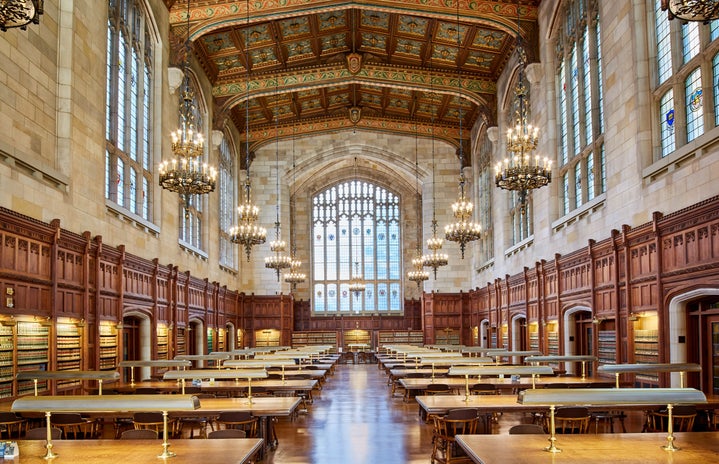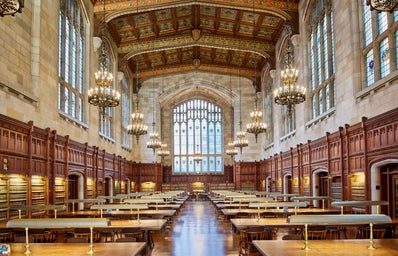Yes, the doctrine of Fair Use is an appropriate balance between protecting the creator’s economic interests in their work and adapters’ ability to build off others’ works, at least in how it was originally framed. Although there was some controversy over the way that it was built in the 1976 statue, I think its intended purpose was there for the proper reasoning.
According to The First Amendment and The Fourth Estate, a book I’ve used for research, the right to reproduction was intended “for purposes such as criticism, comment, news, reporting, teaching…, scholarship, or research is not an infringement of copyright” (Sanders, p. 336, 2021). Notably, this is extremely important for the general public to make commentary on works of art without fear of being sued. One example of this comes in the form of libraries at schools and universities having the right to distribute and reserve materials for students. This is extremely important for educational purposes so that we have proper access to the ideas and thoughts of other scholars to move our thinking forward.
Furthermore, I find that the reproduction of content can often lead to extremely fun and creative things. For example, last year I took an English class entitled “Young Adult Film and Fiction” here at UT Austin. It was all about literary critiques of books many of us read growing up such as The Hunger Games or Harry Potter series. For my final project in that class, I was able to design and create my commentary about how an “Escape the Room” for Harry Potter would work. Although the ideas were all my own, I did use things like characters’ names from the book series and other ideas that solely pertained to the books that JK Rowling wrote. I used parody to complete this project. This law is extremely important because if there were no protections for fair use, projects like this would not be possible even though there was no profit for malicious intent attached. It was purely for education purposes and if that was not protected, it would be worrisome. In this same manner though, the textbook actually discusses a case surrounding this issue where JK Rowling did sue and win against someone for infringement of Harry Potter. The court found that the “Harry Potter Lexicon” was too close to Rowling’s work and that “Lexicon infringed Rowling’s copyright and rejected the fair use defense, in part because the lexicon took too much of the specific language used in Harry Potter” (Sanders, p. 352, 2021). They then changed their stance moving forward to include more commentary and analysis.
It is a fine line to walk though, as we still want creators to have incentive to make their works and their pieces of art. While it is essential to encourage fair use in some circumstances, we must also make sure we are protecting the rights of our creators. Overall, I think fair use is a good balance of these two methods. it’s extremely important for us as writers and content creators to understand and acknowledge these laws, so I thought I’d give my two cents.


